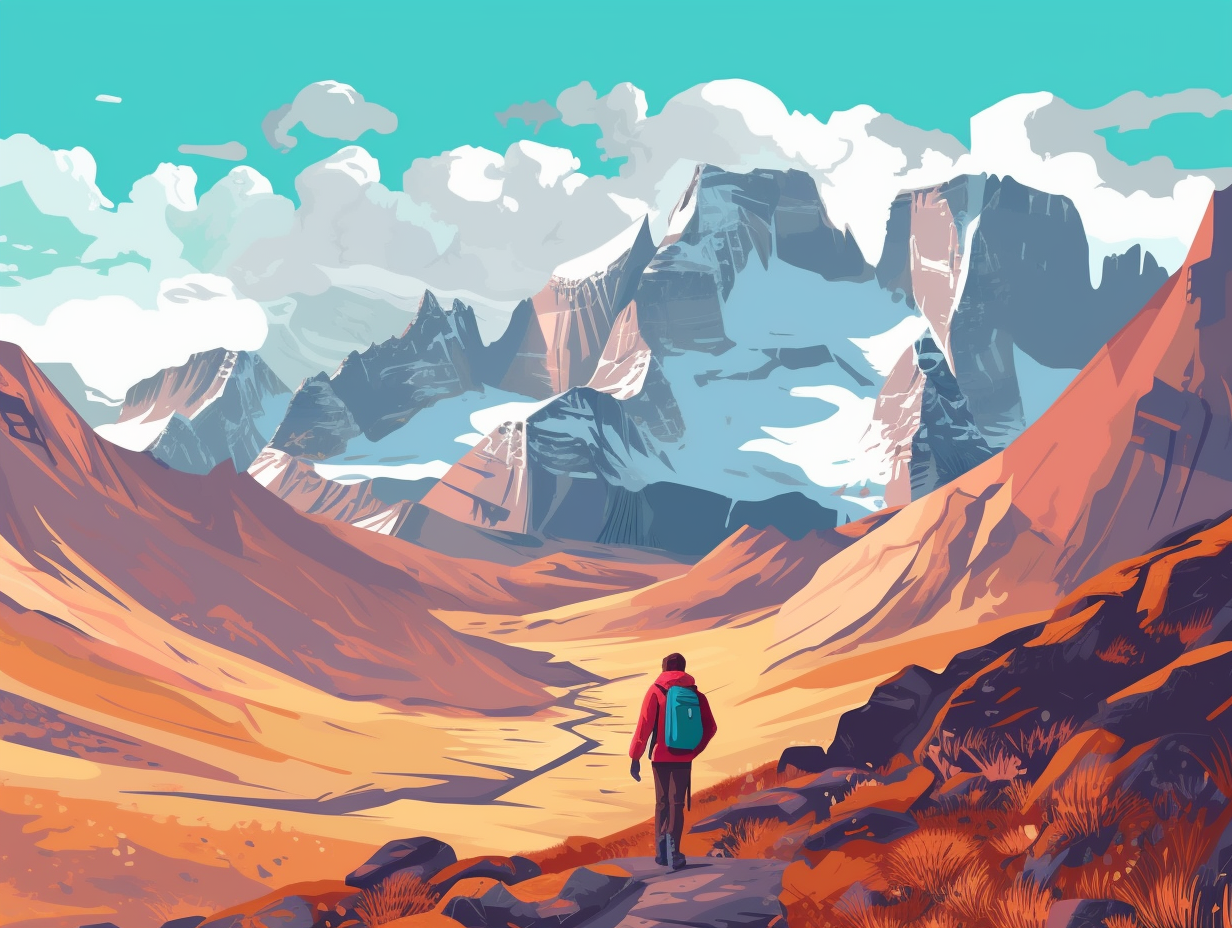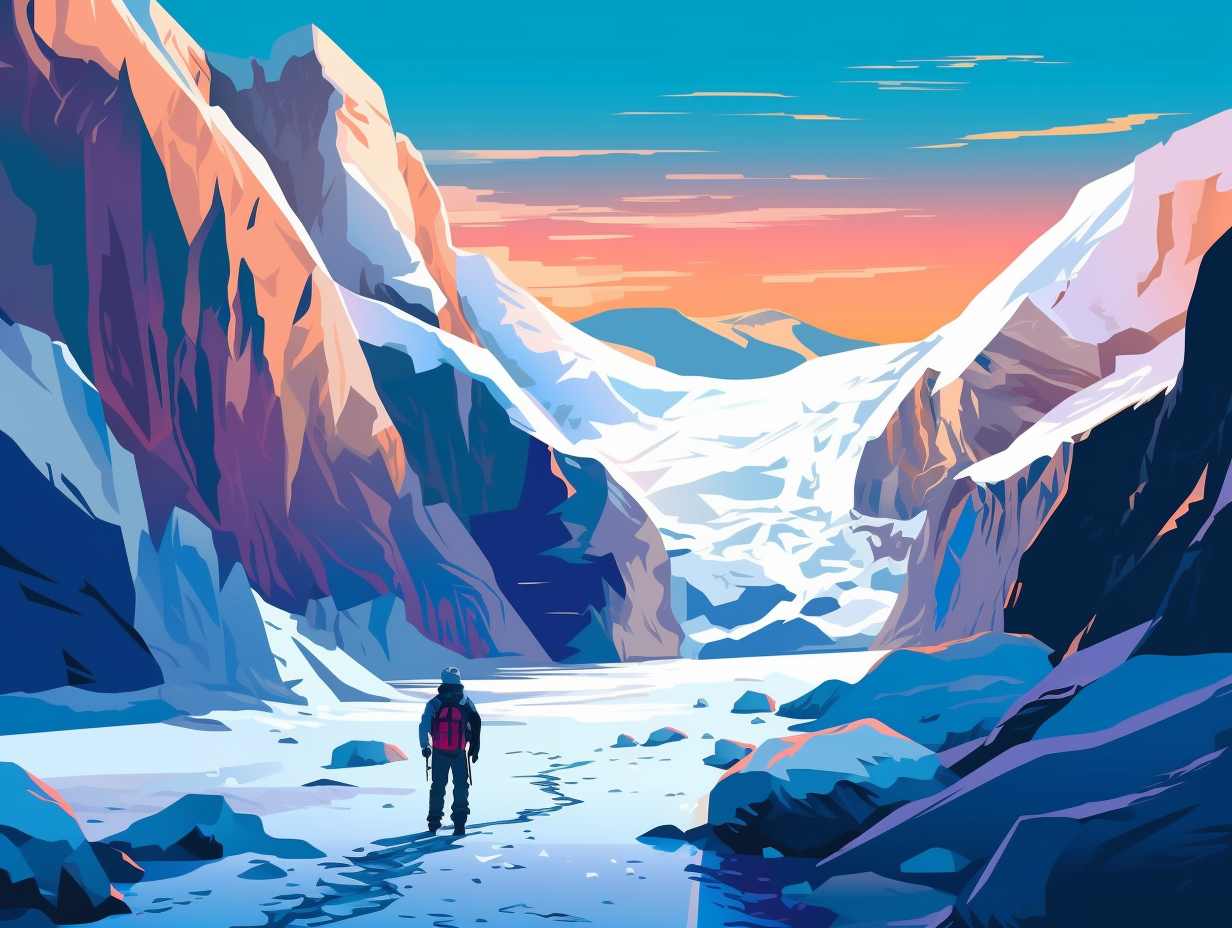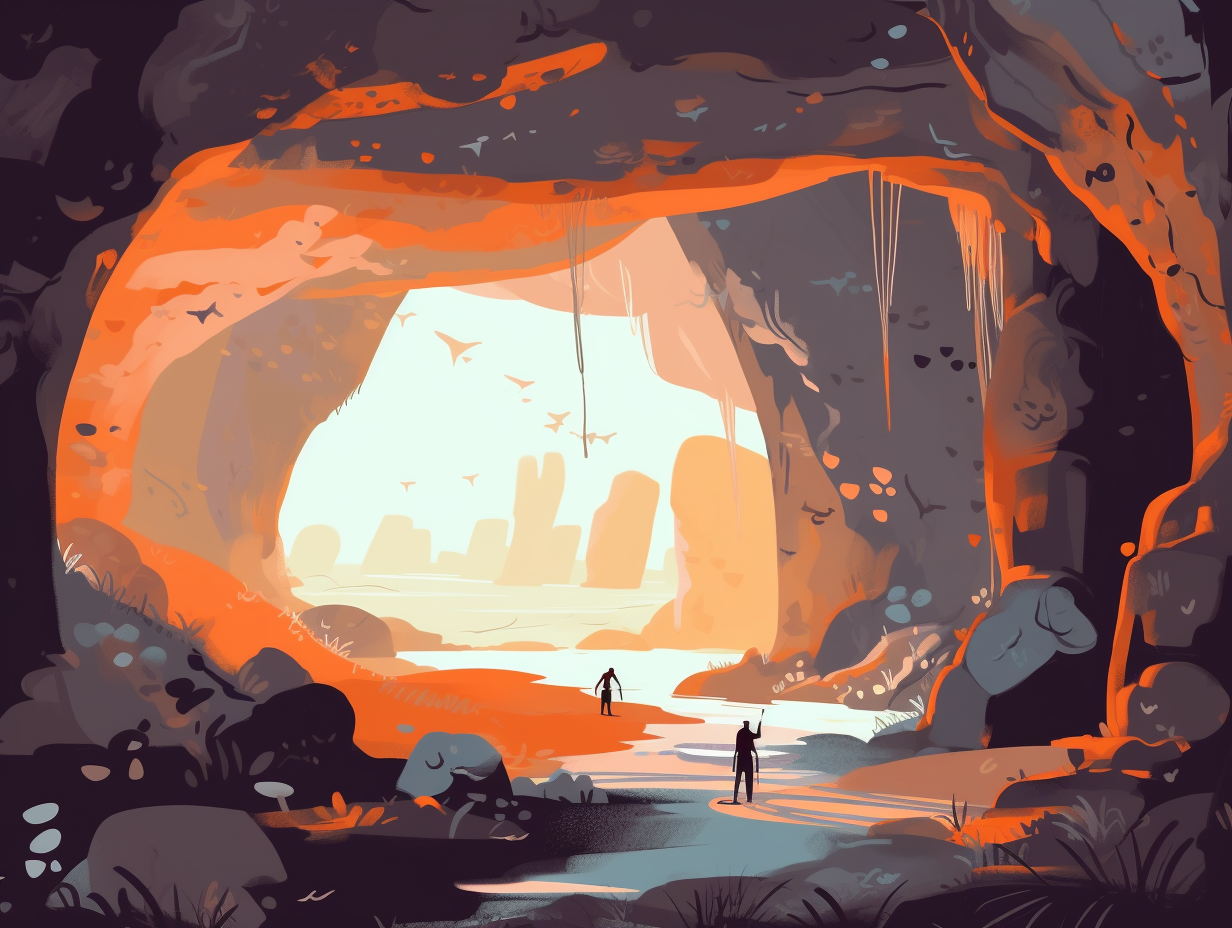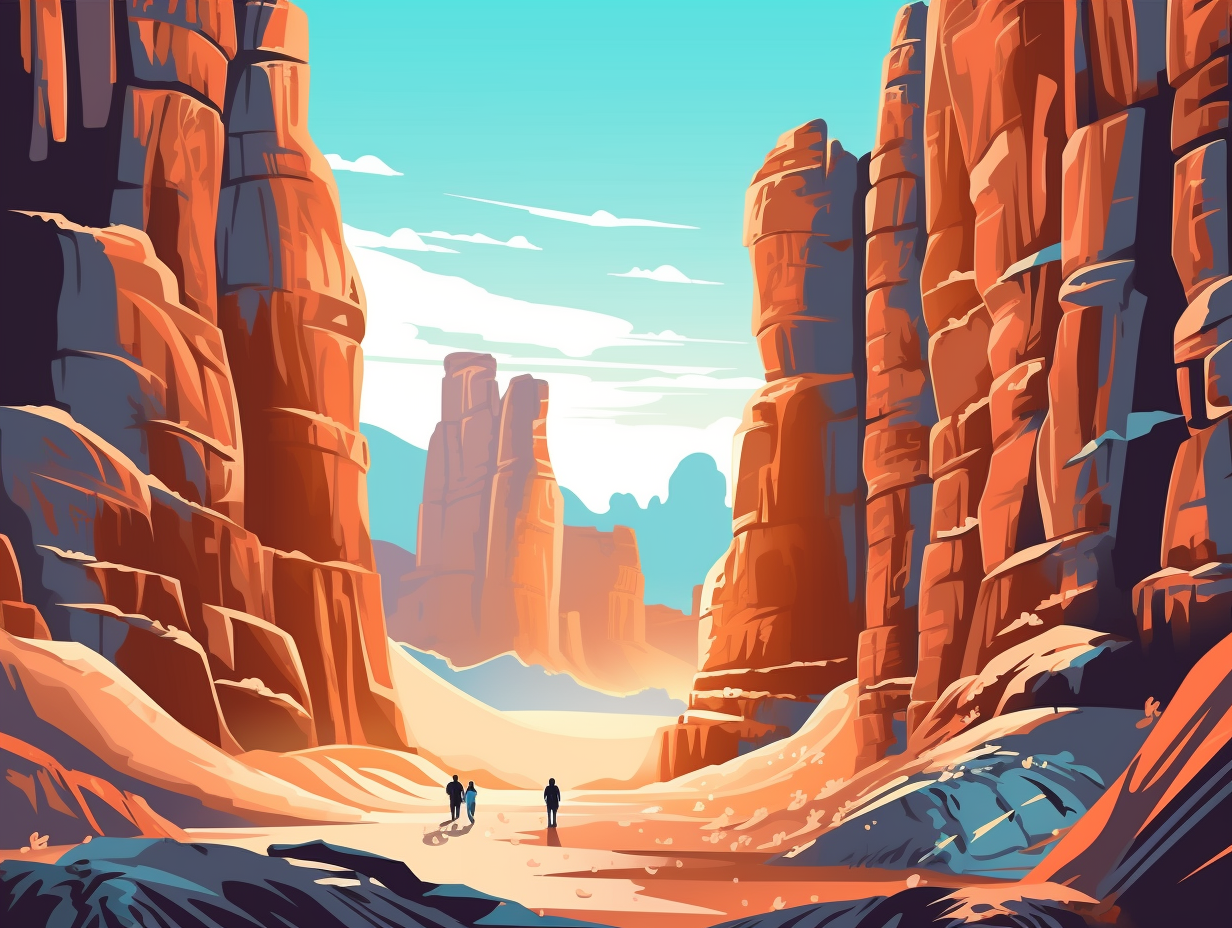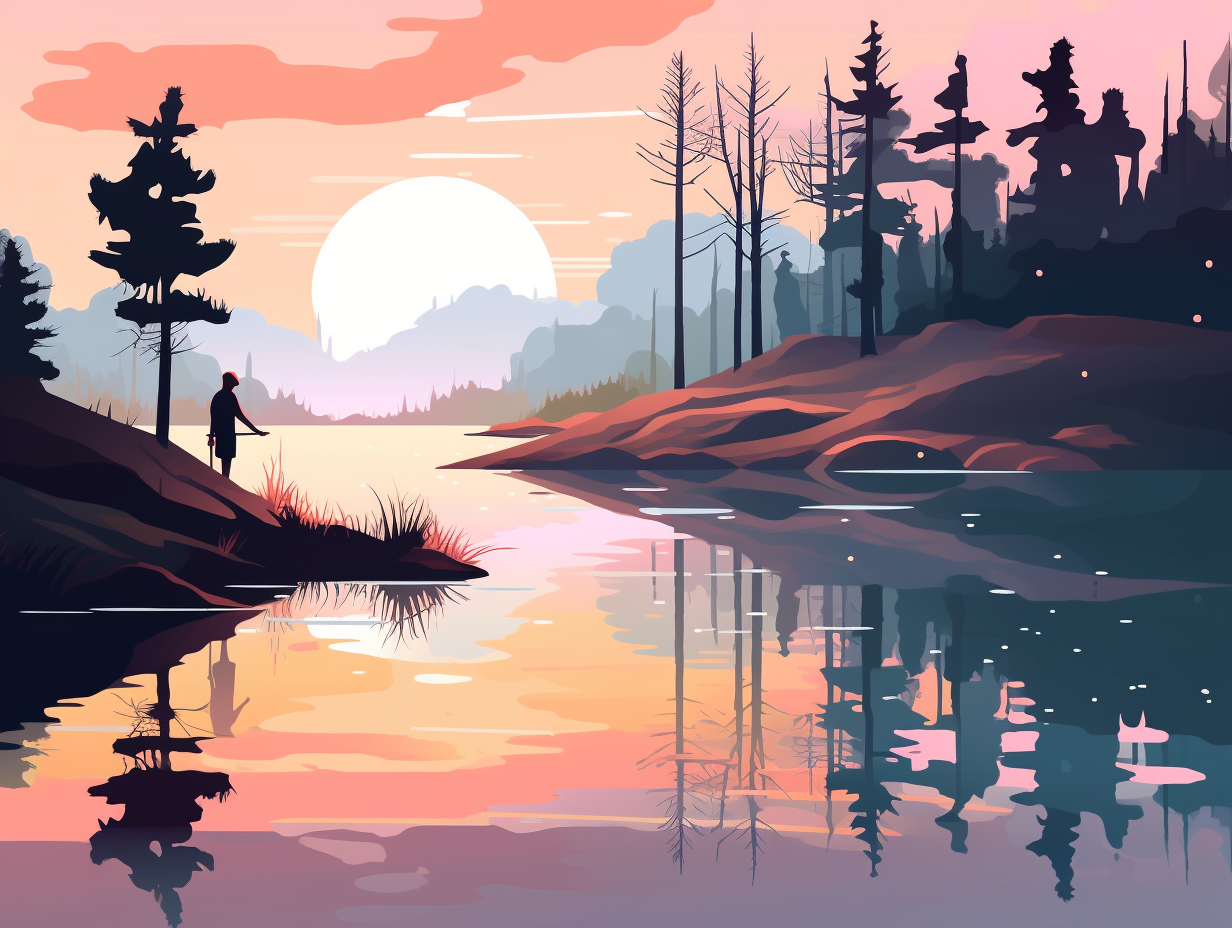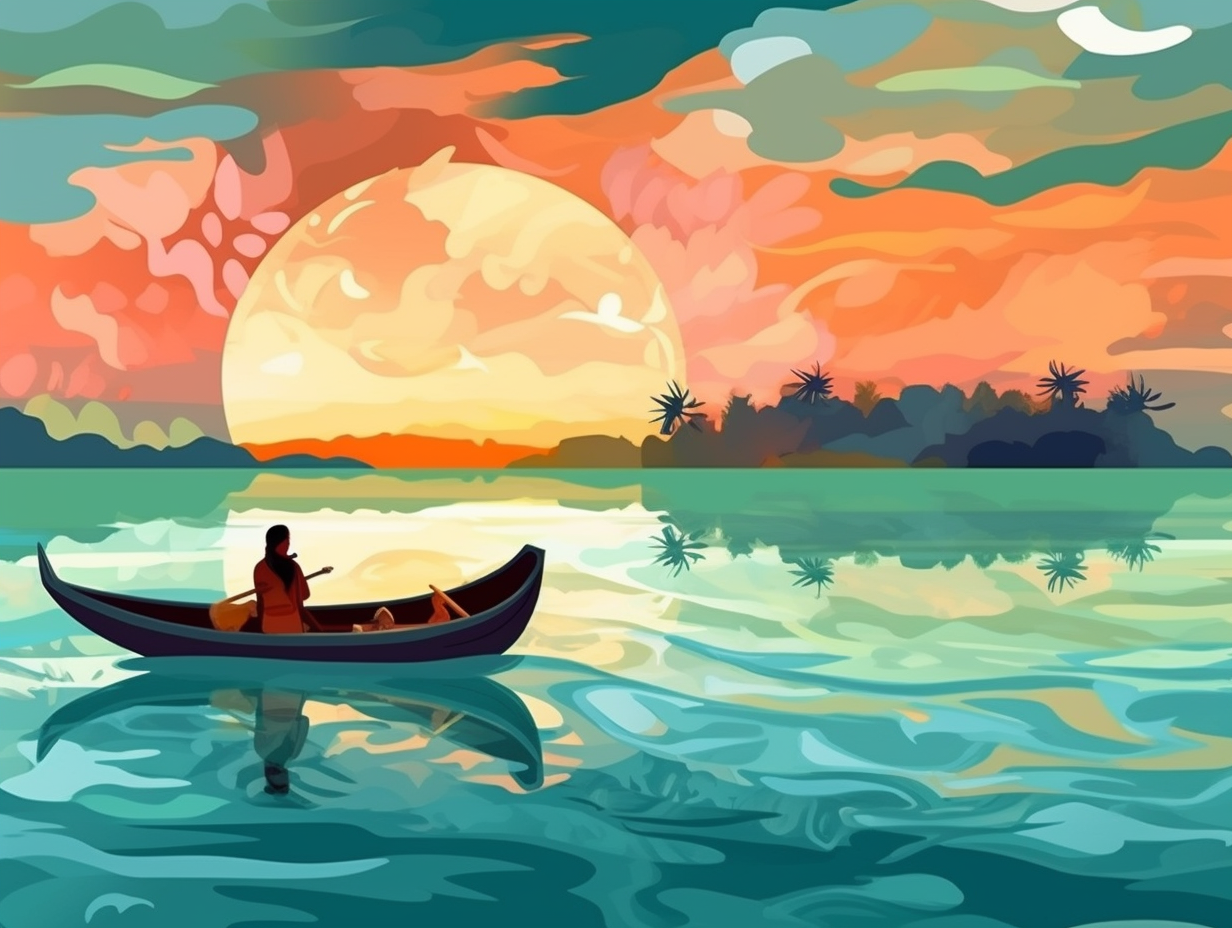Discover the Sky-High Wonders: Top 12 Fun Facts About Mauna Kea You Never Knew!
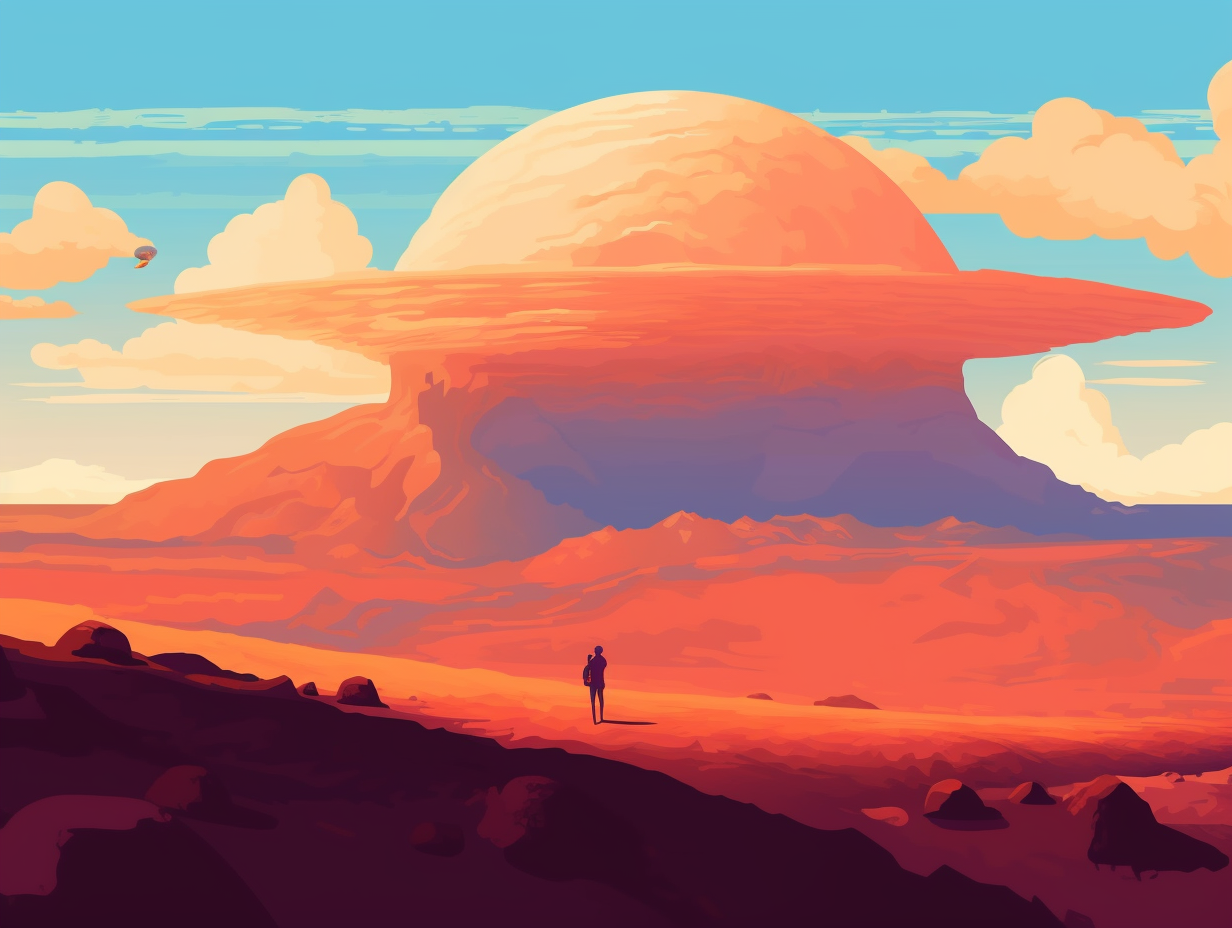
1. Mauna Kea: Taller Underwater Than Everest
Ever tried measuring a mountain with a giant yardstick? Well, Mauna Kea on Hawaii's Big Island laughed when Everest claimed the title of world's highest mountain – and for good reason: Mauna Kea may not be considered the tallest overall, but when measured from base to peak, it soars an impressive 10,210 meters from the ocean floor to its summit, while Ecuador's Mount Chimborazo enjoys the honor of being Earth's true highest point, with a base closer to sea level.
Source => oceanservice.noaa.gov
2. Mountain's Unique Ecosystem Airbnb
Perched atop its breezy, freeze-your-toes-off throne, Mauna Kea acts as a volcanic Airbnb for a motley crew of unique island dwellers who can handle the chill: Mauna Kea's diverse ecosystems include subalpine shrubland, alpine stone desert, and seasonal snow and ice, hosting endemic species like the Mauna Kea silversword, found exclusively on its slopes and those of its neighbor, Mauna Loa.
Source => usgs.gov
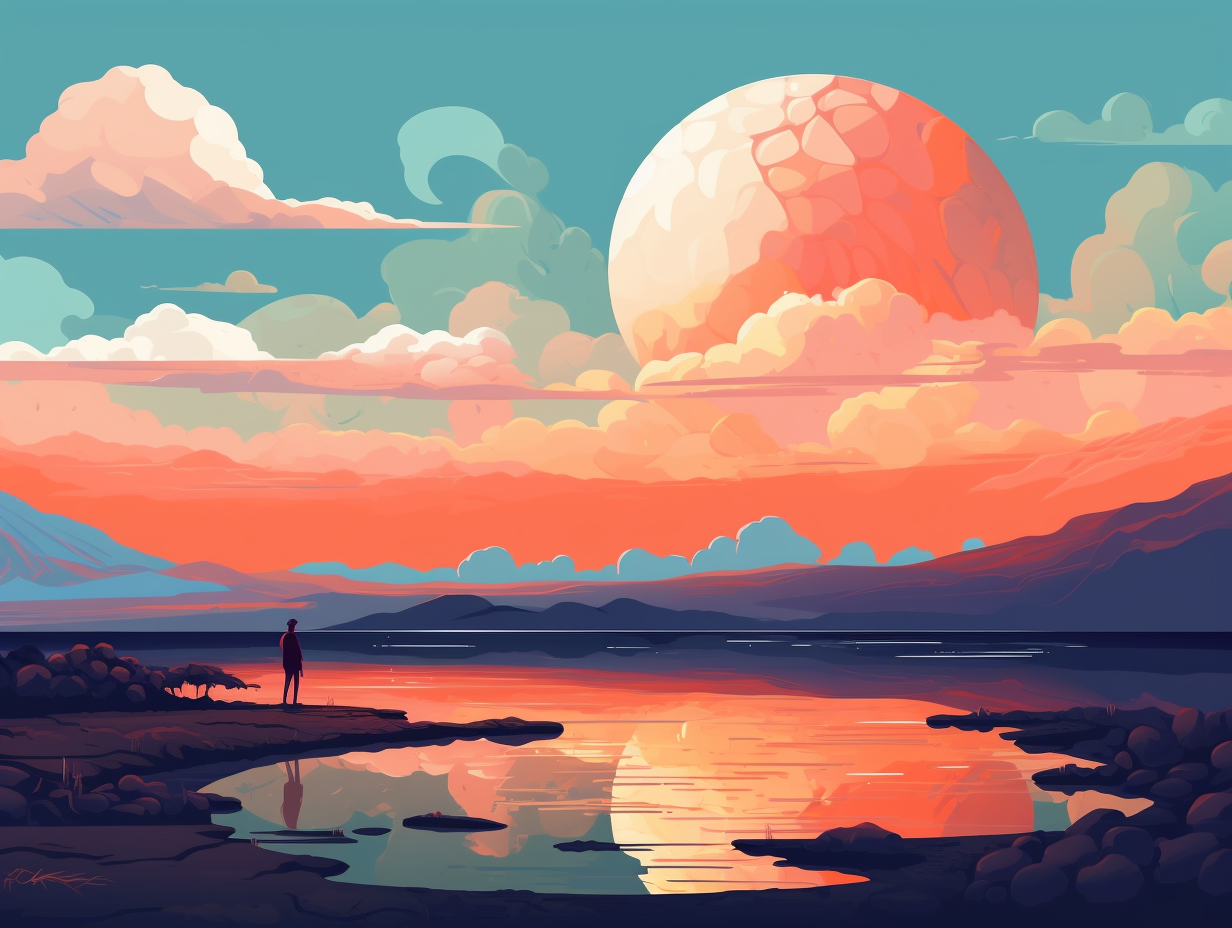
Discover how Mauna Loa, the massive Hawaiian volcano, plays a real-life game of "hot lava" with its alternating eruption patterns since 1200 CE. Be amazed by nature's version of your favorite childhood pastime! 💥🌋✨
=> Fun Facts about Mauna-Loa
3. Skiing in Hawaii: Paradise to Powder
Forget trading your surfboard for a snowboard on the Big Island, as skiing in Hawaii is no laughing matter: Mauna Kea offers a unique skiing experience, with prime powder slopes during December to April, accessible by a 4-wheel-drive car, and no ski lifts, requiring excellent physical condition and adventurous spirits.
Source => rove.me
4. Mauna Kea's Star-studded Telescope Party
If Mauna Kea were to throw a star-studded party, the guest list would boast the world's most powerful telescopes and observatories: This Hawaiian hotspot actually hosts multiple state-of-the-art facilities, including the W.M. Keck Observatory, home to the largest optical/infrared telescopes on Earth.
Source => about.ifa.hawaii.edu
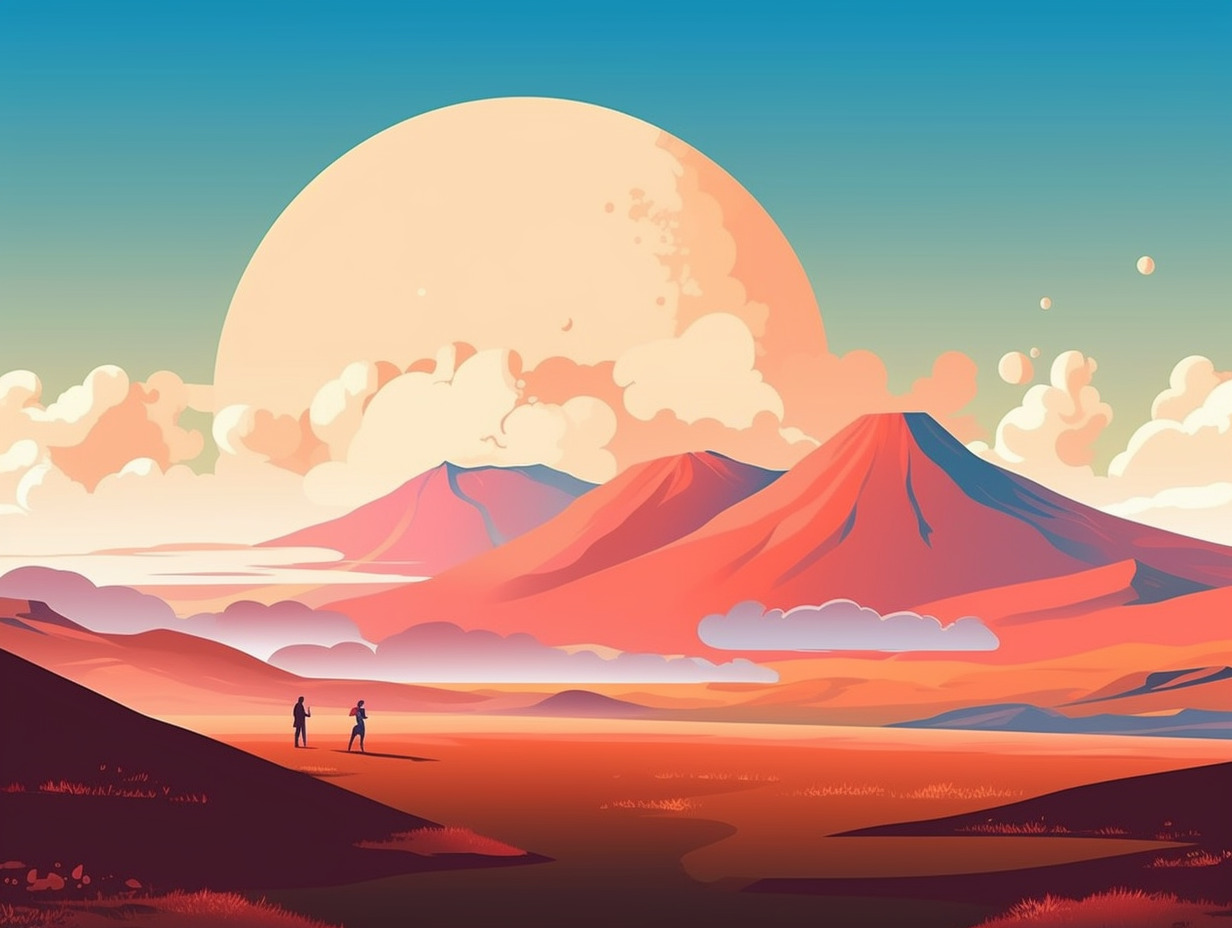
5. Astronomers Need Space, Too: No Public Tours
Why did the astronomer break up with their partner? Because they needed space – quite literally atop Mauna Kea: This Hawaiian volcano is home to 13 international observatories, capturing stellar digital images of the cosmos, but alas, without public tours and visual observing.
Source => maunakea.com
6. Touching the Heavens: Cultures & Cosmos
It's no wonder Mauna Kea's astronomical observatories are out of this world – they practically touch the heavens: Mauna Kea's elevated perch experiences intense solar radiation, conducive to stellar celestial observations, with its summit hosting both world-class scientific observatories and centuries-old cultural ones, proving that Mauna Kea is as significant culturally as it is scientifically.
Source => hilo.hawaii.edu
7. Summit: Cosmic Cooking Show Location
If the stars in the sky were part of a cosmic cooking show, Mauna Kea's summit would be the Michelin-starred chef's favorite kitchen for celestial recipe-testing: Its exceptionally dry and stable atmosphere makes it the prime location on Earth for astronomical observation, hosting a star-studded cast of telescopes, including the famed Keck observatories.
Source => satftp.soest.hawaii.edu
8. Hide-and-Seek: Galaxies & Dark Matter
In a cosmic game of hide-and-seek, it turns out galaxies have been playing tag with their shadowy sidekicks for billions of years: Mauna Kea Observatories in Hawaii were instrumental in discovering the earliest traces of dark matter by observing 1.5 million distant galaxies and their dark matter halos, dating back as far as 12 billion years, using the powerful Subaru Telescope.
Source => inverse.com
9. Perfect Match for Stargazers: MKO's Dark-Skies
If stargazers and space enthusiasts had a dating profile, Mauna Kea Observatory would be their ultimate match, sweeping them off their feet and toward the heavens above: With one of the planet's best locations for celestial observations, MKO boasts 13 telescopes, operated by 11 countries, creating an astronomical powerhouse with the largest light gathering ability on Earth. Plus, dark-skies are maintained thanks to an island-wide lighting ordinance, limiting reflected light from towns below; so a visit to the Onizuka Center for International Astronomy mid-mountain facility guarantees your eyes won't have to compete for their cosmic crushes.
Source => explore-the-big-island.com
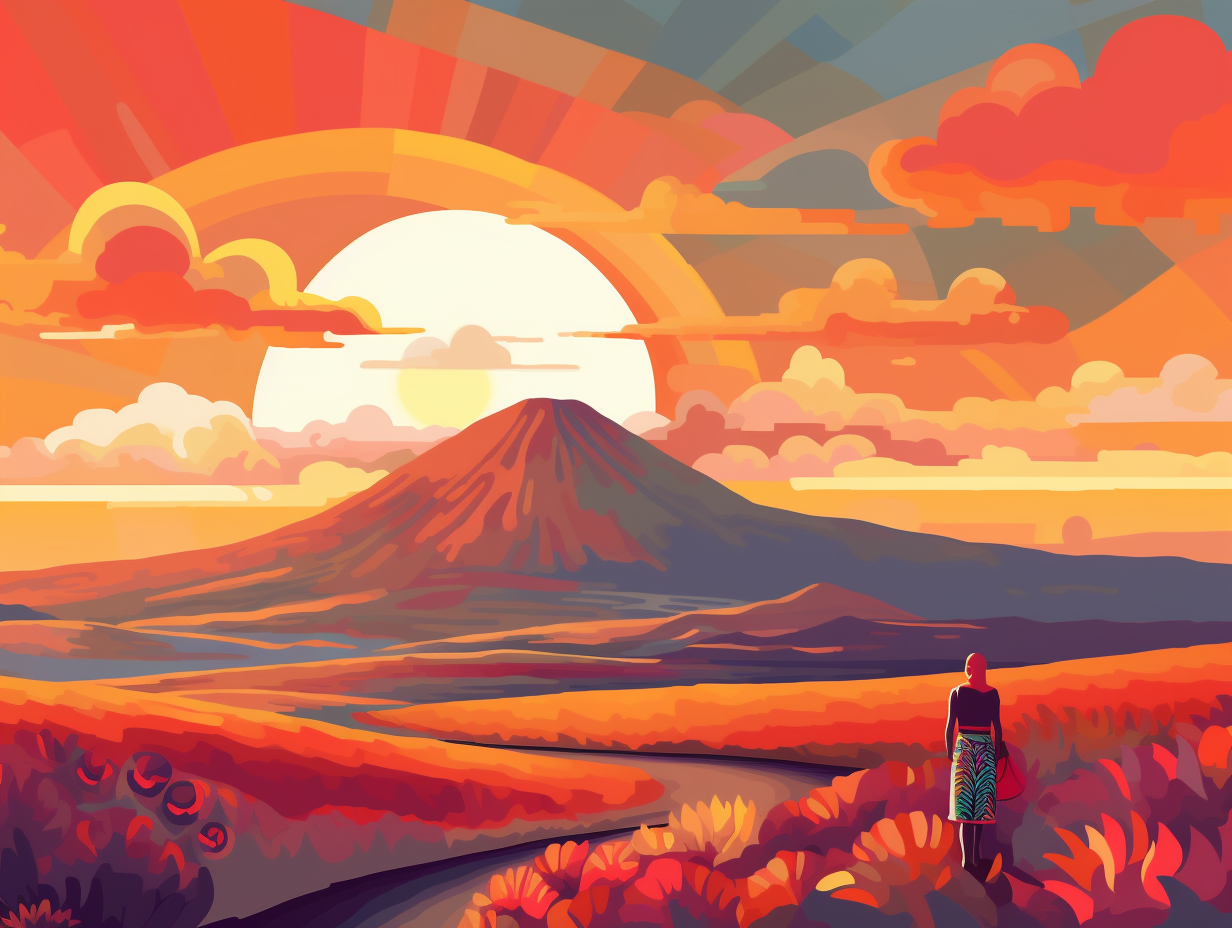
10. Aliens Meetup: Onizuka Center for Astronomy
When aliens finally arrive on Earth seeking to pow-wow with our finest minds, they might just find their way to Mauna Kea instead of the United Nations: This astronomical hotspot is where the Onizuka Center for International Astronomy Visitor Information Station can be found at a dizzying 9,200ft (2,804m) elevation, offering informative programs and stargazing experiences! Be warned, the road to enlightenment can be tough, especially for pregnant women, those in poor health, and children under 13 – not to mention the drivers navigating an unpaved, rough, and steep path who are required to use 4-wheel drive vehicles.
Source => hilo.hawaii.edu
11. Ancient but Restless: Mauna Kea's Grumbles
Mauna Kea may be throwing a 4,500-year-old tantrum, but it still insists it's not dormant, just "resting its eyes": This ancient volcano last erupted around 4,500 years ago, making it much less active than its fiery neighbors Mauna Loa and Kīlauea, yet it's not out for the count – its subtle grumbles are detectable by sensitive telescopes, and future eruptions remain a possibility.
Source => usgs.gov
12. Silversword: From Wallflower to Flourishing
You know that friend that no one seems to like, but eventually, with enough TLC, starts to grow on you? Well, meet the Mauna Kea silversword: a rare, high-maintenance plant with a serious aversion to mingling. However, thanks to a little bit of botanical match-making and environmental pampering, this wallflower is starting to flourish once more: After teetering on the brink of extinction, with merely 50 naturally grown adults remaining, the impressive collective effort to restore the Mauna Kea silversword to its former glory has resulted in around 500 flourishing adults taking root in their favorite high-altitude, gravel-covered homes.
Source => sciencedirect.com
Related Fun Facts



